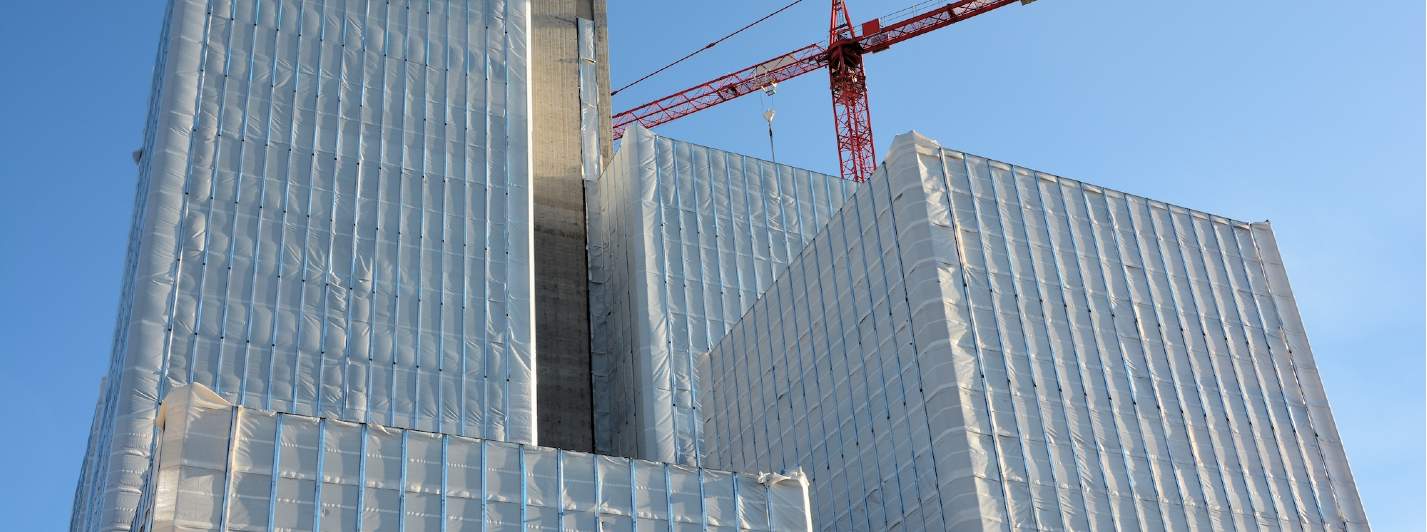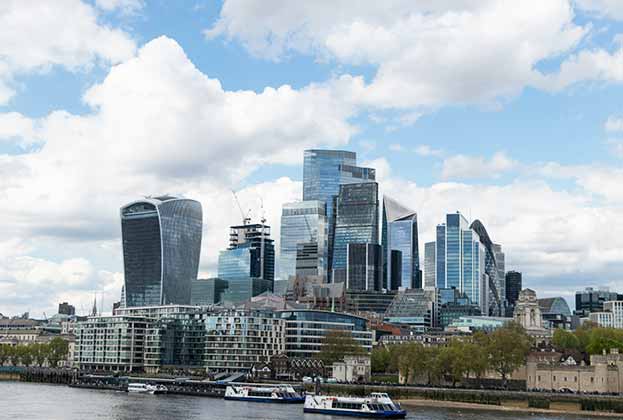All that mankind needs to do to tackle climate change can be summarised by two numbers: 50 and zero.
Currently, we emit around 50 billion tonnes of CO2 equivalents worldwide. The scientific consensus is that we must bring emissions to zero in order to bring the effects of climate change to a level that is still bearable for humanity.
Worldwide, buildings account for about 39 per cent of all those CO2 emissions. This includes new construction and the production of building materials as well as the operation of properties. If we want to achieve the goal of zero greenhouse gas emissions, then the innovative strength of the real estate sector is more necessary than ever.
Especially in Europe, refurbishment of the existing stock is one place we need to start. Here there is still much room for improvement in terms of efficiency. Establishing the right framework of conditions to help the real estate industry to renovate is therefore crucial. There need to be incentives from the public sector as well as a regulatory framework that makes renovation worthwhile from an economic point of view.
In addition, it would also require a change in thinking on the part of investors and users. We need to realise that the refurbishment of an existing building could actually be more sustainable than a new one – even if the new building is certified. This is the case because of the emissions that result from the construction of buildings, known as grey energy or embodied carbon.
Almost half of all emissions in the entire life cycle of newly built passive houses (buildings constructed to the Passivhaus low-energy design standards) are due to precisely this kind of embodied carbon, according to calculations by the Federal Environment Agency of Germany. Practically this means that what is released during construction will only be recouped over 43 years during operation.
This illustrates that the entire life cycle of a property needs to be taken more into account in our industry in order to make the right steps towards our environmental goals.
However, the discussion within and outside the industry currently seems to revolve mainly around the pure operating phase. Current national climate targets, but also the ESG taxonomy, focus primarily on the operating phase according to current drafts of rules.
If embodied carbon is excluded, new buildings naturally perform better than existing buildings in terms of greenhouse gas emissions. But this is a fallacy with regard to combating climate change. A fallacy, however, that is likely to lead to misguided incentives on the markets.
If the E in ESG can be achieved primarily with new buildings, ESG-compliant investors will divert their capital into new buildings. This will devalue existing buildings and thus tend to dampen impetus to make urgently needed refurbishments
Considering the entire life cycle, and doing this at all times, is therefore crucial for evaluating the real ecological impact of real estate investment decisions. Such transparency could make renovations and refurbishments of existing properties appear more attractive and contribute to longer life cycles. Such a change of mind set will be the central milestone for our industry’s contribution in reaching climate goals.
Savills recognises real estate is responsible for 40 per cent of carbon emissions and, to coincide with COP26, it is launching its latest research examining how the sector is adapting to meet climate change challenges. Savills is committed to achieving net zero carbon in its operation by 2030. Through Savills Earth it brings together the expertise of more than 100 specialists to support and advise clients on their sustainability, energy and carbon strategies. Visit Savills Earth to find out more.





.jpg)

.jpg)


